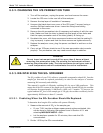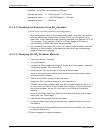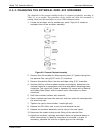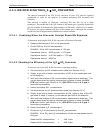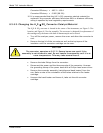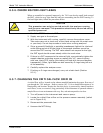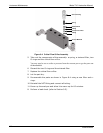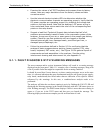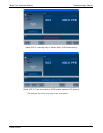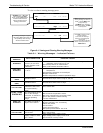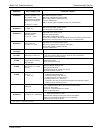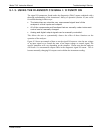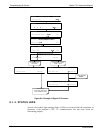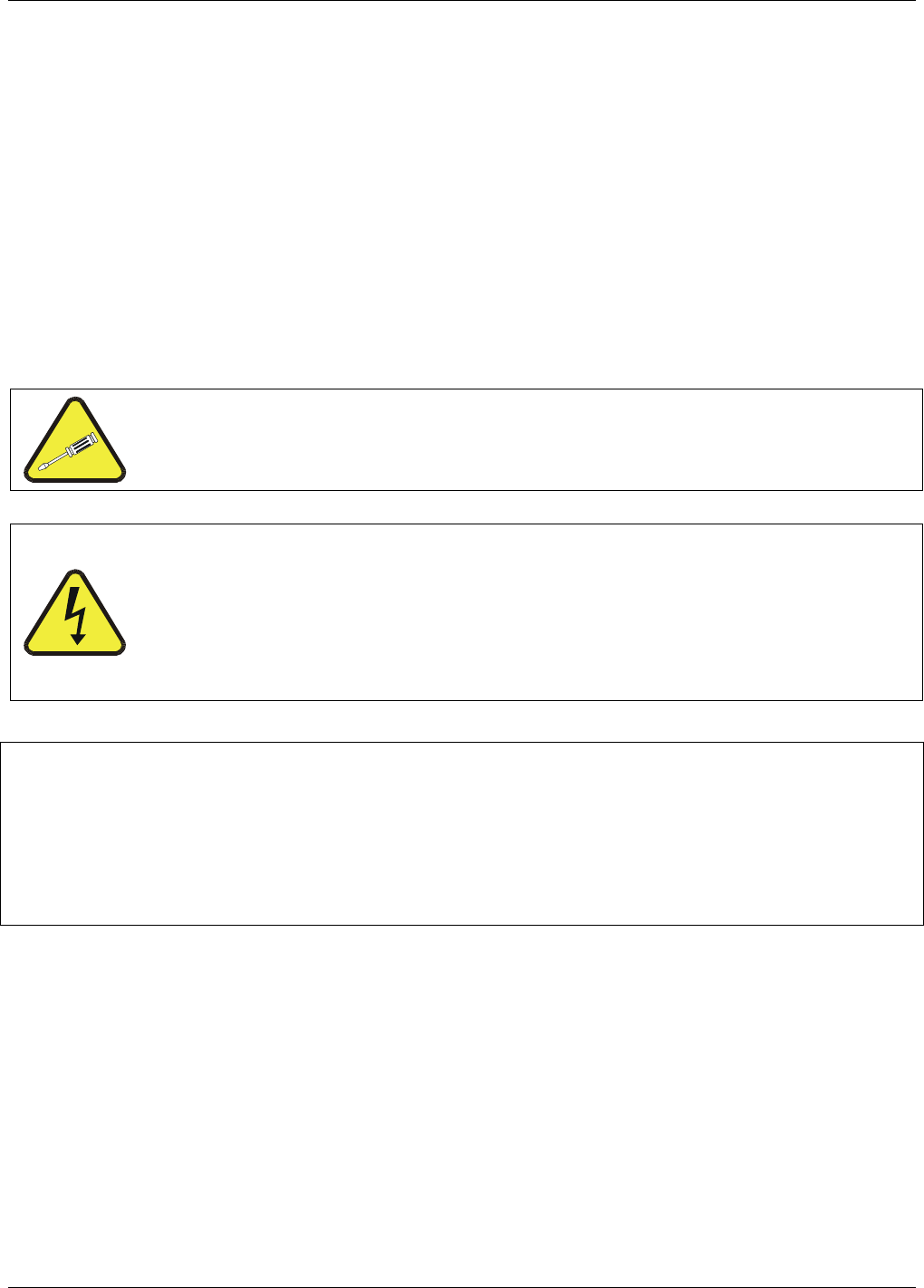
Model T101 Instruction Manual Troubleshooting & Service
211
9. TROUBLESHOOTING & SERVICE
This section contains a variety of methods for identifying and solving performance
problems with the analyzer.
CAUTION
The operations outlined in this Section must be performed by qualified
maintenance personnel only.
CAUTION
Risk of electrical shock. Some operations need to be carried out with the
analyzer open and running. Exercise caution to avoid electrical shocks and
electrostatic or mechanical damage to the analyzer. Do not drop tools into
the analyzer or leave those after your procedures. Do not shorten or touch
electric connections with metallic tools while operating inside the
analyzer. Use common sense when operating inside a running analyzer.
NOTE
The front panel of the analyzer is hinged at the bottom and may be opened to gain
access to various components mounted on the panel itself or located near the front of
the instrument (such as the particulate filter).
A locking screw located at the top center of the panel and two fasteners located in the
upper right and left corners of the panel lock it shut (Figure 3-9).
9.1. GENERAL TROUBLESHOOTING
The analyzer has been designed so that problems can be rapidly detected, evaluated and
repaired. During operation, the analyzer continuously performs diagnostic tests and
provides the ability to evaluate its key operating parameters without disturbing
monitoring operations.
A systematic approach to troubleshooting will generally consist of the following five
steps:
Note any warning messages and take corrective action as necessary.
07266B DCN6485



